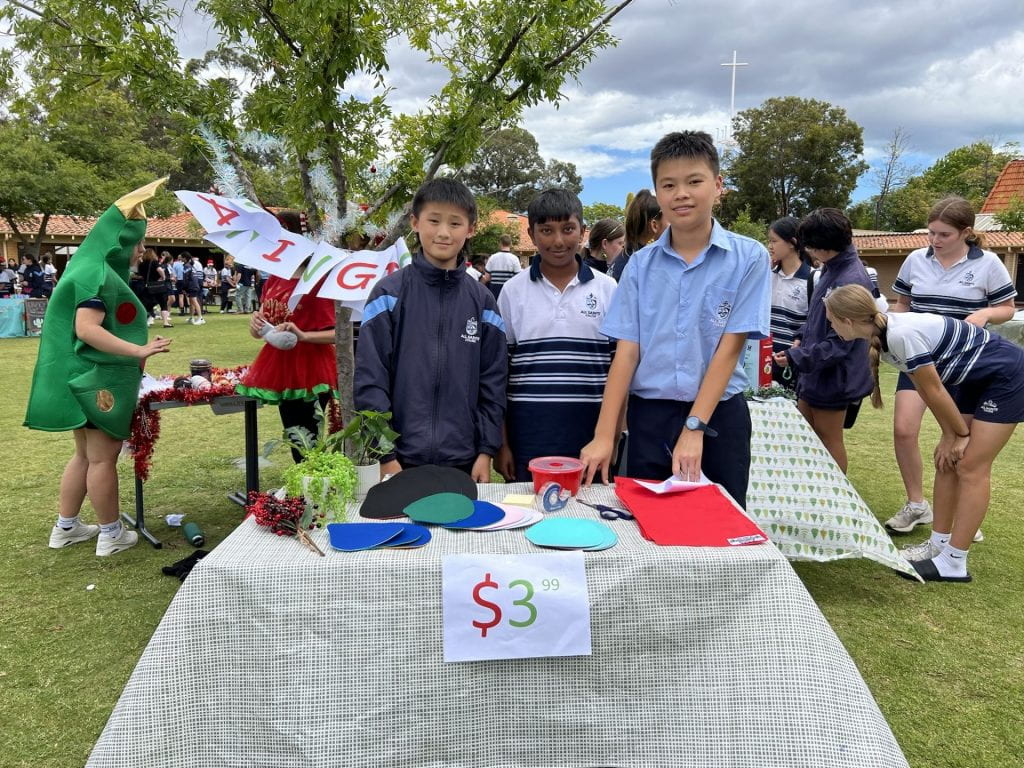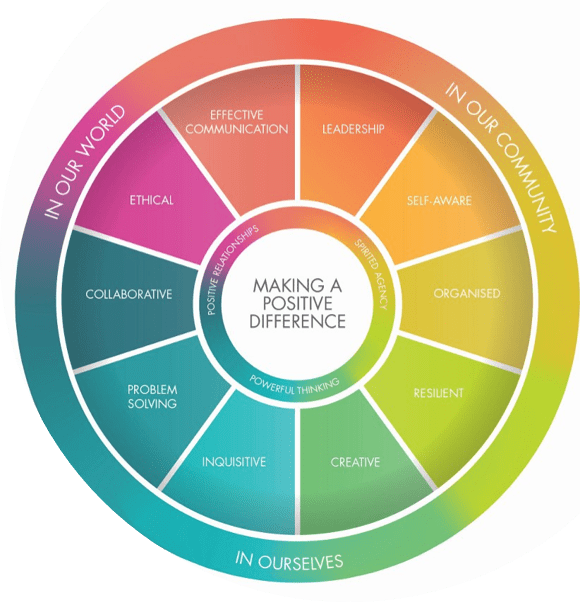
The Christmas Market was an amazing experience and a way to show off the entrepreneurial and economic skills we have learned this term during Humanities. The entire cohort worked hard for several weeks, trying their best to create a range of products to sell to the Year 5’s and 6’s, and the senior school. In total, we had raised $1000 more than last year’s cohort which was a huge success and we gave this profit to the Salvation Army. Our group had raised a profit of $33.55, which is a lot more than we expected, due to the number of problems and struggles we faced throughout the process. The college invested $30 into each group for them to purchase materials and create products, with the goal in mind to make a profit to give to charity. Andrew, Marcus and I decided to create mousepads for gaming and productivity with Year 5 and 6’s being our target audience. We promoted our idea through advertisements and surveys.
Pricing Strategies
The price of our group’s product was a major factor in determining the number of sales, the amount of profit and attention we would get. However, in class, there were many different experiences and strategies that we learned to ensure that our price was suitable for people of different economic backgrounds. During our Humanities lessons, we learnt about the 4 different pricing strategies. These were Economy Pricing, Penetration Pricing, Premium Pricing, and Psychological Pricing.
Economy Pricing is when the producers invest in products in bulk and large amounts, but this didn’t apply to our group as we only made 15 products. The second strategy was Penetration Pricing which is when you make your prices low to start with, but gradually get higher as you earn more attention and people become more loyal, however, this also didn’t apply to our group as we didn’t change our price throughout the entire market. The third strategy is Premium Pricing where you establish yourself as a luxurious brand and start your prices very high, making consumers look rich but we were a small brand in a school market, so we weren’t that famous. The fourth strategy is what we used and is called Psychological Pricing, where you make your price a few cents off a round number, making it seem a lot cheaper than it is. We used this technique and made our price $3.99 per mousepad, gaining a lot more attention as it sounds a lot better than $4.00. This is how we could make a larger profit of $33.55 than we probably would having no price strategy. We also learnt how to calculate the Percentage Markup, which is the cost per unit as well as any additional profit that we would make. Having a percentage mark-up of 171.4% means that our profit is 171.4% of our cost price.
What I would do differently
If I was to go through the process of creating these products again, the most important thing I would change was our time management. Our group probably had the worst time management out of the entire class, only finishing our products with a few days left to spare. If we were proactive and made our products ahead of time, we would have had less stress, more faith in ourselves finishing our work, and more time to complete our advertisements and other factors to make our stall and product look more aesthetically pleasing. I also think we could have made more products and considered economy pricing because we would have ultimately made a bigger profit and we were already high in demand so it would have sold out anyway.
Another thing I would have done differently in the market was our preparation. Our stall looked very plain and boring, and it was hard for our consumers to come to our stall as it didn’t stand out. We also needed to borrow different decorative items from our peers and the teacher just so it had some decoration. We tried to make a banner in the last two periods before the market, but it didn’t work out that well, especially with the weather conditions that day. It was very windy and products and signs from out stall kept on blowing away with the wind, making it stressful to keep co-ordinated and handle our consumers.
One more thing I would have done differently on the day of the market was the way we recorded our sales. Since we had so many consumers come to our stall in the first 5 minutes, it was very challenging asking people their names, class, product type etc. Next time, I would be more assertive and proactive to ask people their information swiftly, so it is less stressful. We also didn’t have the best customer service and responding to the market as we weren’t very engaging and interactive with our consumers. If were better at this, we could have sold out faster and we would have seemed more friendly with people.
ASC Capabilities

During the Christmas Market, we incorporated